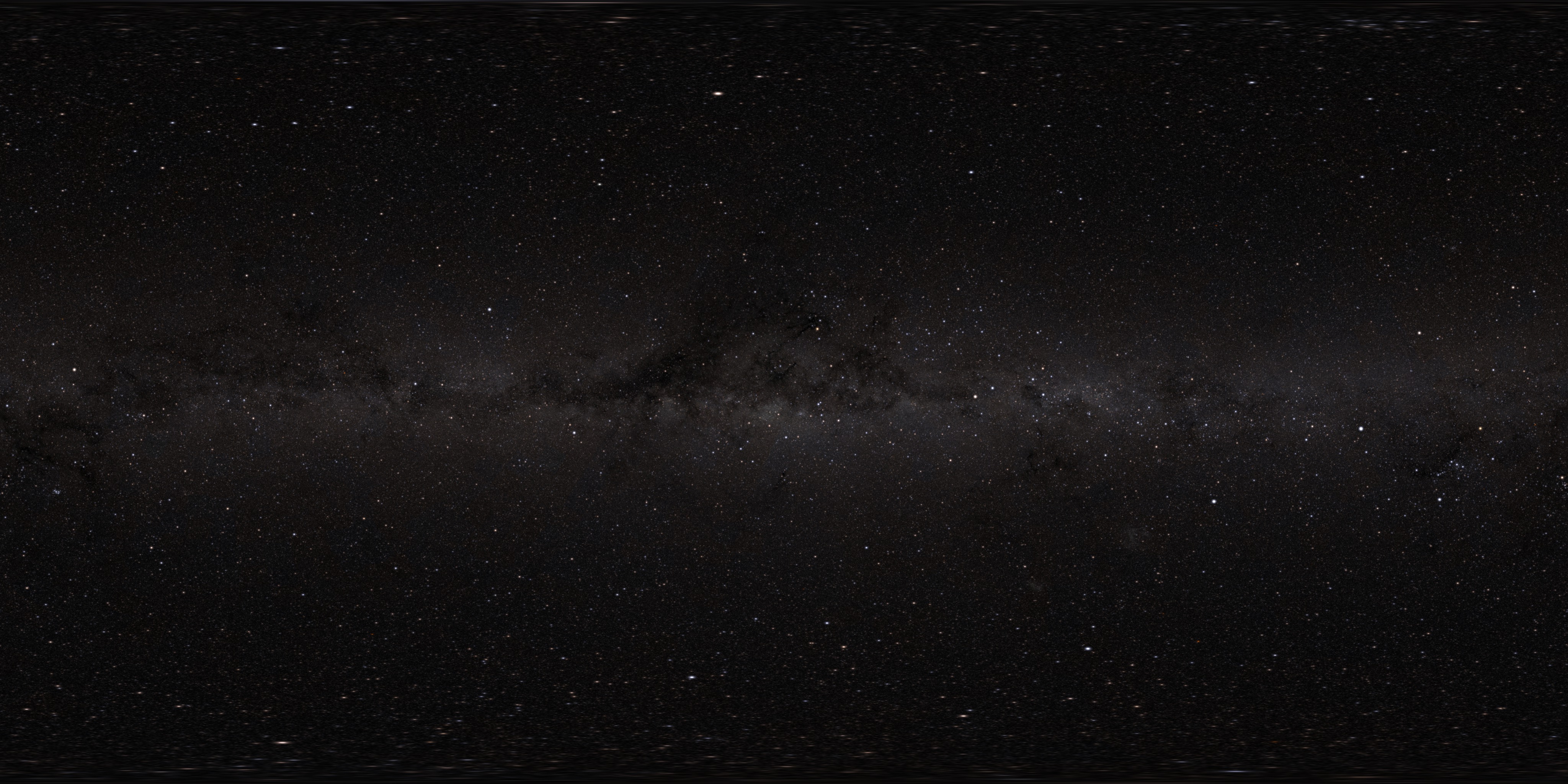Hi guys!
I have a rather curious habit: I love falling asleep on top of an old TV in my living room. It’s spacious enough to lie down and take a nice nap, without risking that anyone step on my tail.
Unfortunately, given the repetition of certain episodes, I think it is now evident that it is not wide enough to complete my nap without… falling!
Yep, guys: I am forced to admit that, while I’m sound asleep, I relax, I stretch out, I turn around and … I fall (even if I don’t get hurt, because like all cats I always fall on my feet)!
It only happens from time to time and, precisely, it’s all gravity’s fault. But these are other stories: what I want to tell you today concerns the motion of bodies in free fall.
All of us are subjected to the gravity force, which causes all falling bodies to be attracted to the ground with the same acceleration, defined as g = 9.8 m/s2. This scientific conclusion was first formulated by Galileo Galilei, father of the experimental method, and was openly in contrast with what was believed before him, namely that bodies with greater weight could fall faster than lighter ones. Nothing more wrong!
And Galileo proved it, according to what it’s said, through experiments which consisted in throwing objects of different weights from the top of the tower of Pisa, which he observed arrive at the ground practically at the same instant. The slight delay is attributable to the air resistance, but in our reasoning we will consider it negligible.
Furthermore, to be able to describe this form of motion with mathematical formulas, Galileo carried out multiple experiments with spheres that had to roll from inclined planes with ever greater angles, from 0 ° to 90 °. This allowed him to understand that the movement of a body rolling freely along an inclined vertical plane is similar to the free fall of the body itself.
Therefore, neglecting the air resistance and keeping the acceleration due to gravity fixed, the motion of a body in free fall can be described with the same laws that express motion in a dimension with constant acceleration.
I’ll show you specifically, telling you what happened to me in the short video below and in the following explanation.
- hi= initial body height (i.e. my height, during nap over TV) = 1.30 m;
- hf= final height of the body (the floor, after the fall) = 0 m;
- m= body weight (in this case, my weight)= 5.5 kg;
- t = time (measured in [s]);
- g= gravity acceleration = 9.8 m/s2 .
Since the body is falling and directed downwards, to indicate this parameter it’s conventionally used – g= – 9.8 m/s2.
Thanks to physics, we will find out:
- the time I require to reach the floor;
- we will evaluate how my position progressively varies during the fall under the influence of gravity acceleration;
- at the instants defined above, we will also determine my speed.
1. First, let’s see how quickly I can get to the floor.
The formula from which we start is the following (determination of the final position of a body moving along a single dimension and having constant acceleration), in which, for convenience, I will already insert the variables we have defined above:
Even if it seems complicated, by reasoning we can simplify a lot the equation. In fact, my final position, according to the reference system we have adopted, is equal to 0 m, therefore this term can be eliminated.
Furthermore, I start from a condition of rest, therefore the initial speed (vi) is equal to 0 m / s; also this term can be eliminated from the equation.
Since the conditions of the problem are known, we can substitute the numbers for the remaining terms and make it even easier:
0 = 1.3 m –(4.9 𝑚⁄𝑠2) t2
Applying the rules of equations, we can divide the unknown variable (t2 ) by its coefficient (-4.9 𝑚⁄𝑠2), operation possible only if we also divide the other term (1.3 m) by this quantity.
We move the unknown to the left (remember to change the sign, which from – becomes +) and also apply the square root to both terms to have the time in [s]:
For those of you who want to have the formula with variables:
So, that’s why I don’t notice I’m falling until I feel the impact with the floor … it only takes 5 tenths of a second to get to the ground!
2. At this point, knowing the total time, we could determine what my position was during the fall at instants of time defined as intervals equal to 0.1 s.
Always keeping the previous formula, that is:
we can simplify the term related to the initial velocity (because vi=0 m/s).
Therefore, the equation becomes:
Let’s proceed to the calculation:
▪ position at 0.1 s→h0.1
▪ position at 0.2 s→h0.2
▪ position at 0.3 s→h0.3
▪ position at 0.4 s→h0.4
▪ position at 0.5 s→h0.5
in which we can eliminate the seconds squared, as we are multiplying and dividing at the same time by the same quantity, which is equivalent to not applying any changes.
The correctness of what has just been illustrated is also confirmed by the fact that the two quantities to be subtracted are both in meters and what we want to obtain is a position, whose unit of measurement is, in fact, the meter.
3. Still referring to the formulas associated with one-dimensional motion with constant acceleration, we could evaluate my speed during the fall, associated with the times considered in the previous point (0.1 s, 0.2 s, 0.3 s, 0.4 s, 0.5 s).
Considering that:
vhf=vhi + (-g)t
and that the initial speed is equal to 0 m / s, therefore it can be eliminated as a term from the equation, the speed during the fall will be:
vhf = (-g) t
▪ speed at 0.1 s→v0.1
v0.1 = – 9.8m/s2 ∙(0.1s) =-0.98 m/s
▪ speed at 0.2 s→v0.2
v0.2 = – 9.8m/s2 ∙(0.2s) =-1.96 m/s
▪ speed at 0.3 s→v0.3
v0.3 = – 9.8m/s2 ∙(0.3s) =-2.94 m/s
▪ speed at 0.4 s→v0.4
v0.4 = – 9.8m/s2 ∙(0.4s) =-3.92 m/s
▪ speed at 0.5 s→v0.5
v0.5 = – 9.8m/s2 ∙(0.5s) =-4.9 m/s
- Since I’m sure you’ll follow my reasoning, as you have done up to now, I would like to explain to you another concept related to this topic, which is that of gravitational potential energy. Every body, even if it is at rest, has an amount of energy called gravitational potential energy just because it’s at a certain height from the ground.
Therefore, when I’m above the TV I have a certain amount of gravitational potential energy too (defined below as Ug), which can be calculated through the equation:
Ug = mgh
Since it is an energy, the unit of measurement is the Joule [J] (for the moment, just know this, we will certainly return to the question of energy in more detail!).
So, at the initial time and position (above the TV), my energy Ug is equal to:
Ug =mghi =5.5kg∙(-9.8m/s2 )∙1.3m=70.07J
While at the final time and position (on the floor), my energy Ug is equal to:
Ug =mghf =5.5kg∙(-9.8m/s2 )∙0m=0J
Well, guys: we have finished this little explanation, as a result of which I realized that I cannot overcome the force of gravity, but I could mitigate its effects by putting a puff under the television…
Don’t forget that, if you have any questions about this or other topics, you can write to me at: infopurr@astroartu.studio.
See you next time!
Attention:
AstroArtu and the creators of this website invite you not to repeat the experiments described here.
We warn you that no cats have been dropped from the TV, we kindly ask you not to drop any cats from the TV or other places.
Professor Arthur Van is a professional and experienced explorer who always acts in safety conditions.


